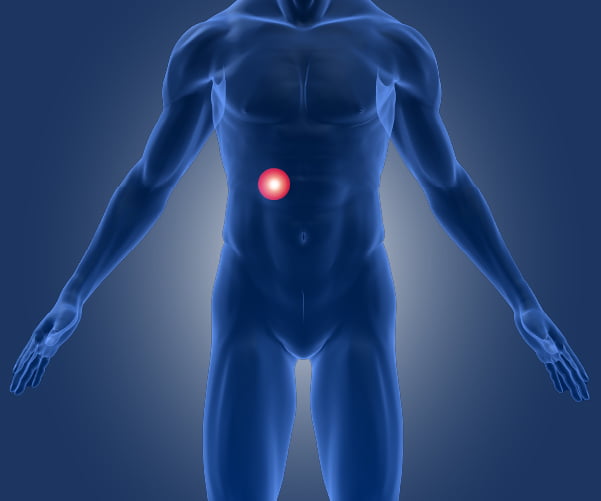What is it? Laparoscopic cholecystectomy is a minimally invasive surgery that uses small incisions and a tiny camera to remove the gallbladder. This is the most common way to remove the gallbladder.
How it is performed? The surgeon makes several small incisions in the abdomen and inserts a laparoscope, which is a long, thin tube with a camera and light on the end, into one of the incisions. The surgeon uses special instruments to remove the gallbladder through one of the other incisions.
Immediate post-operative period: After surgery, the patient will be taken to a recovery room to be monitored. Pain medication will be given to manage any discomfort. The patient can usually go home the same day or the day after surgery.
